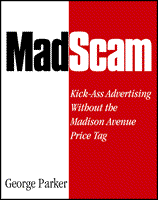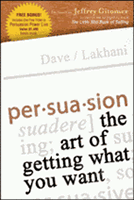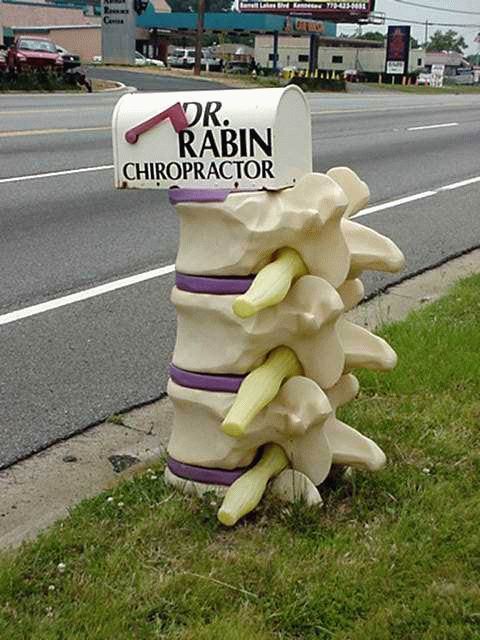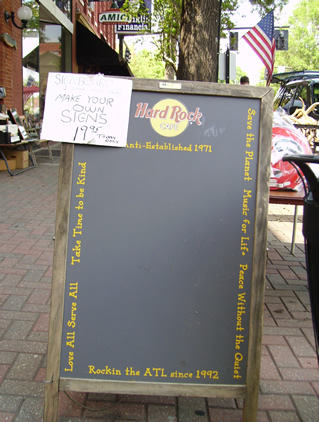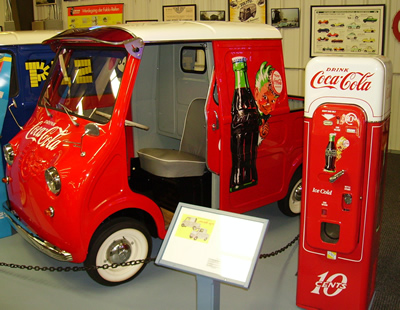I have tried just about anything and nothing seems be be working. Calling to ask for an appointment to show them the product line, trade shows, sending in samples. Buyers never return phone calls. At the trade shows the buyers only see their existing clients they have an appointment with and totally ignore the new companies with new products. My website doesn’t get any traffic either. Someone at the show suggested hiring a celebrity but as we found out they are extremely expensive and hard to get. I am thinking of joining a networking association in hopes to find some leads.
###
The buyers you’ve been meeting simply aren’t interested in what you’re selling. This could because: 1) they don’t like your product, or 2) they don’t see a demand, or 3) they don’t like your presentation.
You have a number of approaches:
– Create a demand. Skip the buyers, sell direct to sk8ters and the rest of your target demographic. If you start getting sales, then buyers may follow.
– Improve your presentation. Your website seems to appeal to teens. Why not brand special caps for different college campuses? High Schools? Beach communities? Bars? Adult Sports Teams?
– Improve your product. Ask the buyers what they think about your product and listen. Do they like the price? Style? Uniqueness? Message?
I don’t think a networking assn will help – you haven’t yet identified what you need (other than sales). As for your website, if you’re not getting traffic, then you haven’t figured out what people are searching for and wading into those waters. MySpace would be a natural community to hype your hats and build traffic.
